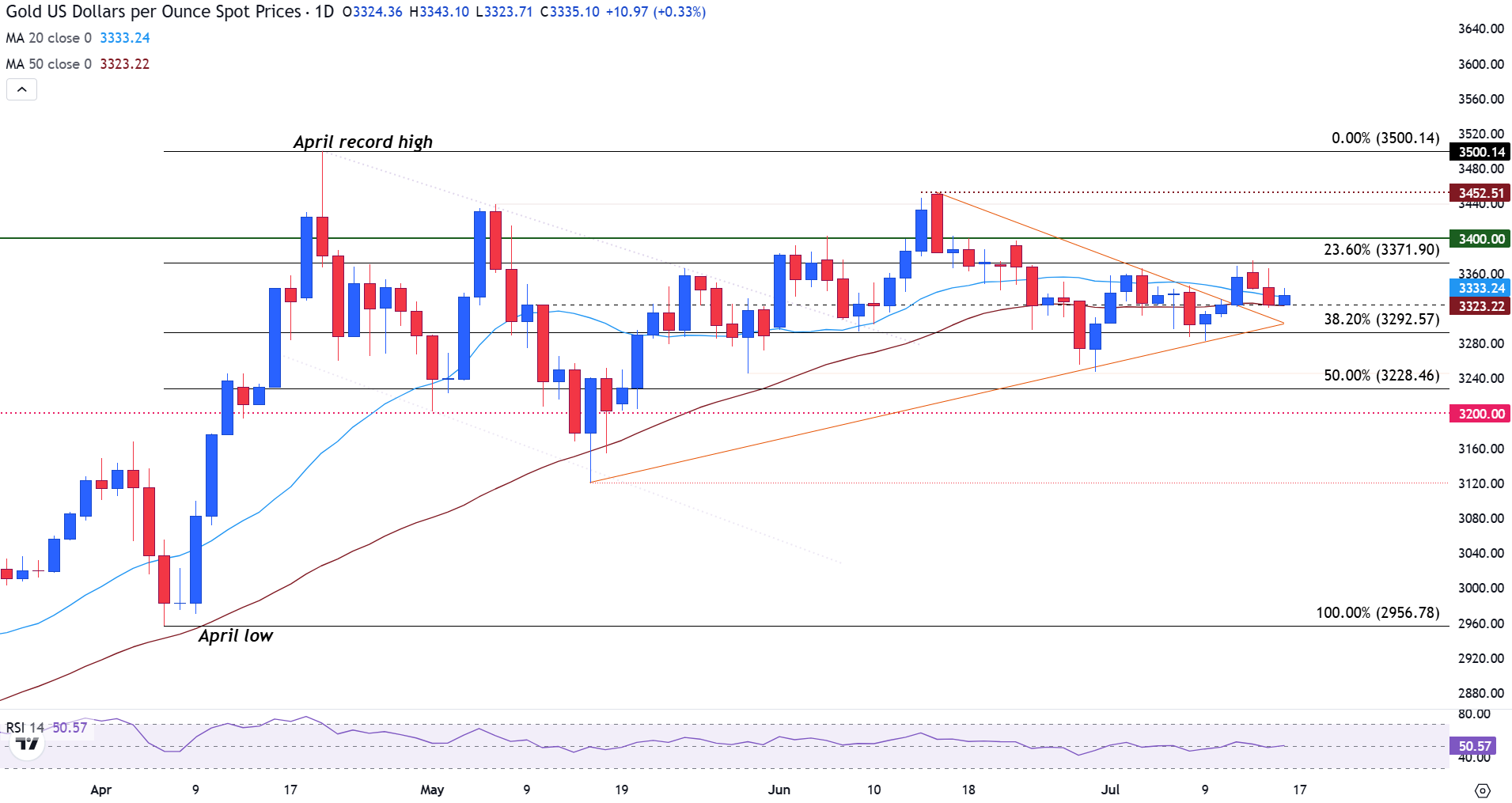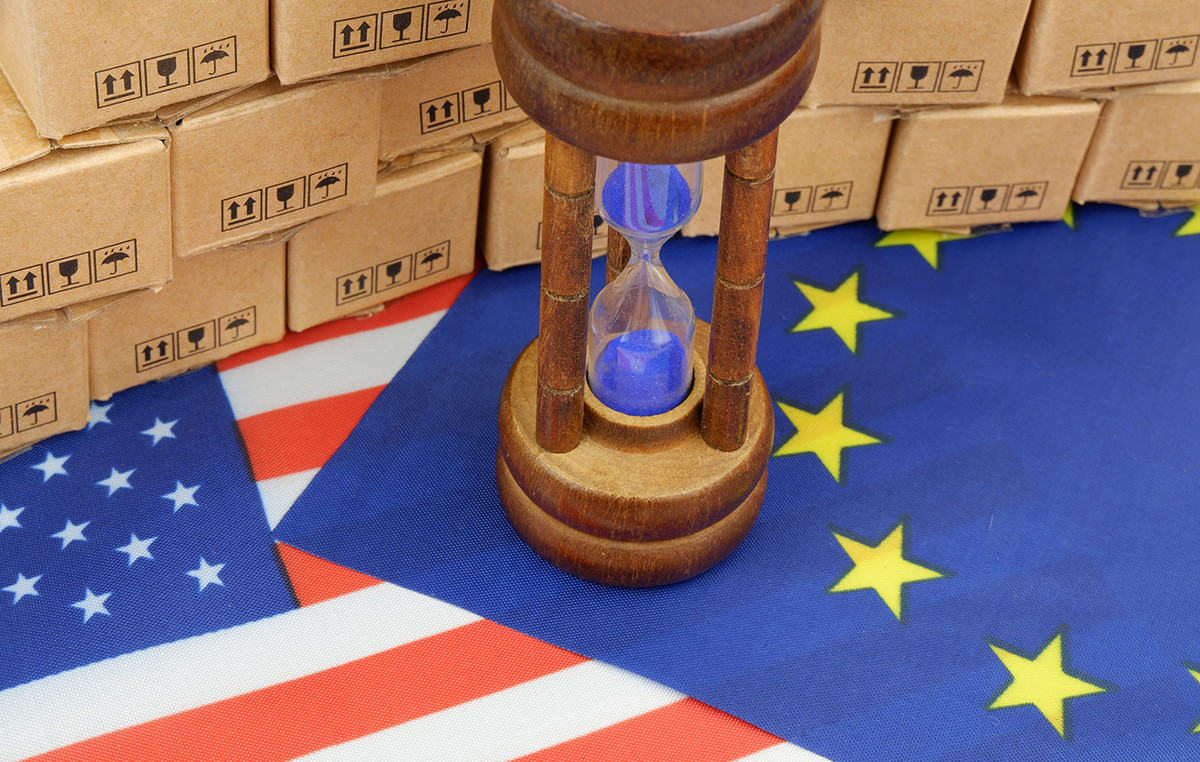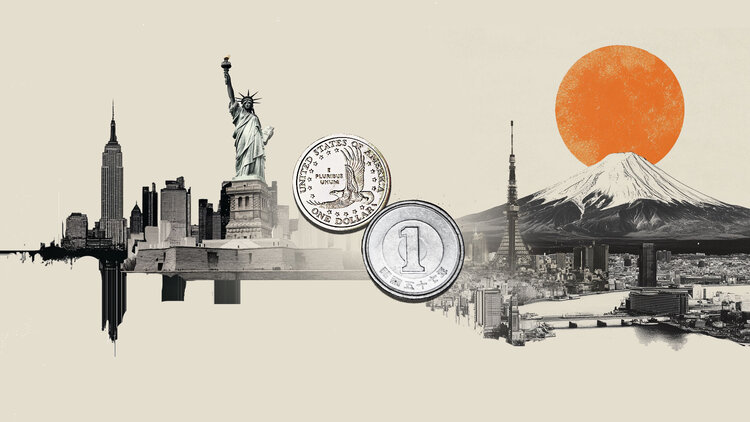- The price of gold rises as the inflation of producers in the US is softened, rates expectations relax.
- The independence of the Fed remains a central issue while President Trump seeks a replacement for the Fed Powell.
- Xau/USD remains in a range below $ 3,375, with $ 3,400 in the focus.
The action of the price of gold is reacting to another critical report of US inflation on Wednesday, since the price action remains sensitive to changes in interest rate expectations and movements in the US dollar.
At the time of writing, the Xau/USD is fluctuating between key psychological levels of $ 3,300 and $ 3,400, while the operators digest the publication of the US Production Price Index (IPP) for June.
The June IPP was softer than expected, with the general monthly figure without changes, below the forecasts of an increase of 0.2%. In annual terms, the general IPP rose 2.3%, also below the expectations of 2.5% and marking a drop from 2.6% in May.
The underlying IPP, which excludes food and energy, followed a similar tendency, leaving 0.0% intermensual and 2.6% year -on -year, below the predicted and previous readings.
The weakest numbers of the expected suggest a relaxation of price pressures at the producers level, which could revive market hopes for a more Dovish change in the Federal Reserve Policy (Fed) and offer short -term support for gold prices.
Daily summary of market movements: The price of gold reacts to inflation, commercial tensions and conversations about replacing Fed Powell
- Those responsible for the Fed policy remain reluctant to change their restrictive position without clearer signs of disinflation. This hard line tone has weighed over gold, which typically moves inversely to interest rates and the US dollar.
- The Consumer Price Index (CPI) on Tuesday exceeded expectations, showing that general inflation increased at an annual rate of 2.7% in June, and underlying inflation also rose, registering at 2.9% year -on -year. The data reduced market hopes for a short -term Fed rates cut, reinforcing a more Hawkish position and pressing gold.
- Commercial tensions and geopolitical risks are still present, but have passed to the background in the face of concerns about monetary inflation and policy.
- The growing speculation around the possible dismissal of Jerome Powell has introduced a new layer of uncertainty in the markets. With still high inflation and Fed maintaining a restrictive posture, instability in leadership could destabilize investor confidence and alter rates expectations.
- President Trump said Treasury Secretary Scott Besent is “an option” for the position of president of the FED on Tuesday, although he acknowledged that Besent was not his main candidate. Meanwhile, Besent declared that Trump has no intention of saying goodbye to Powell, but said Trump has begun a formal process to identify Powell’s eventual successor.
- While Fed has acknowledged that tariffs could raise inflation risks, questions have emerged about their independence amid political pressure and broader economic concerns.
Trump announced a bilateral agreement that establishes tariffs on goods imported from Indonesia by 19%, reduced from a threat of 32%. In return, Indonesia has pledged to buy 50 Boeing aircraft and increase energy imports and US agricultural products. - According to the CME Fedwatch tool, the probability of a rate cut at the September meeting is currently 56.1%, while the prospects for the Fed to maintain the rates without changes in the same meeting have fallen to 42.5%, from 42.5%on Tuesday.
Technical analysis: The price of gold remains in conflict below $ 3,400
Gold is currently consolidating in a narrow range, with the price action oscillating between the simple mobile average (SMA) of 20 days in $ 3,333 and the 50 -day SMA support at $ 3,323, converging near the psychological level of $ 3,330.
This alignment indicates reduced volatility and a lack of clear trend, since operators remain cautious to possible catalysts.
Xau/USD currently remains just above the fibonacci setback of 38.2% of the low -to -April movement in $ 3,292, which is acting as immediate support. On the positive side, resistance is forming at the FIBO level of 23.6% about $ 3,371, with the psychological threshold of $ 3,400 as the next important roof.
A symmetrical triangle pattern was recently broken, but the price action remains compressed, suggesting that the market is still waiting for the direction of incoming data or the orientation of the Fed. The relative force index (RSI) in 50 reflects a neutral momentum, reinforcing the lack of bias in trade.

GOLD – FREQUENT QUESTIONS
Gold has played a fundamental role in the history of mankind, since it has been widely used as a deposit of value and a half of exchange. At present, apart from its brightness and use for jewelry, precious metal is considered an active refuge, which means that it is considered a good investment in turbulent times. Gold is also considered a coverage against inflation and depreciation of currencies, since it does not depend on any specific issuer or government.
Central banks are the greatest gold holders. In their objective of supporting their currencies in turbulent times, central banks tend to diversify their reserves and buy gold to improve the perception of strength of the economy and currency. High gold reserves can be a source of trust for the solvency of a country. Central banks added 1,136 tons of gold worth 70,000 million to their reservations in 2022, according to data from the World Gold Council. It is the largest annual purchase since there are records. The central banks of emerging economies such as China, India and Türkiye are rapidly increasing their gold reserves.
Gold has a reverse correlation with the US dollar and US Treasury bonds, which are the main reserve and shelter assets. When the dollar depreciates, the price of gold tends to rise, which allows investors and central banks to diversify their assets in turbulent times. Gold is also inversely correlated with risk assets. A rebound in the stock market tends to weaken the price of gold, while mass sales in higher risk markets tend to favor precious metal.
The price of gold can move due to a wide range of factors. Geopolitical instability or fear of a deep recession can cause the price of gold to rise rapidly due to its condition of active refuge. As an asset without yield, the price of gold tends to rise when interest rates lower, while the money increases to the yellow metal. Even so, most movements depend on how the US dollar (USD) behaves, since the asset is quoted in dollars (Xau/USD). A strong dollar tends to keep the price of gold controlled, while a weakest dollar probably thrusts gold prices.
Source: Fx Street
I am Joshua Winder, a senior-level journalist and editor at World Stock Market. I specialize in covering news related to the stock market and economic trends. With more than 8 years of experience in this field, I have become an expert in financial reporting.







